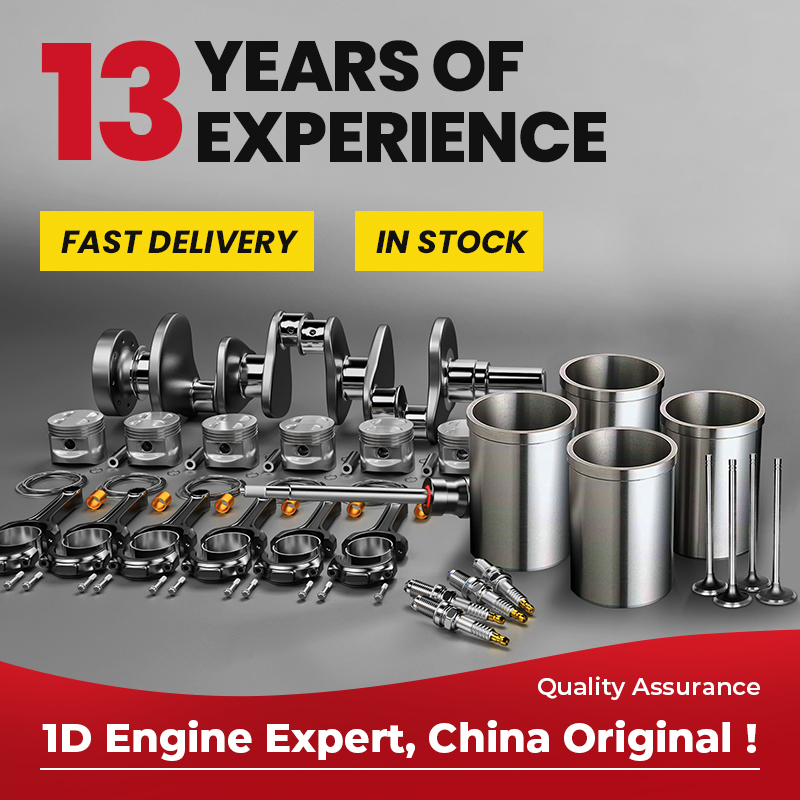First, the role of the thrust bearing and structure of the cone crusher thrust bearing role is: support the empty eccentric shaft, reduce the air eccentric shaft running resistance. At the same time, the accuracy of its installation directly affects the meshing clearance of the bevel gear, ensuring a reasonable clearance between the idle eccentric shaft bushing and the main shaft to avoid the phenomenon of “speedingâ€.
2. Grinding of the thrust bearing During the operation of the crusher, the upper circular plate of the thrust bearing is connected with the hollow eccentric shaft 1 by a pin and rotates therewith; the lower three-claw circular plate 5 passes through the peripheral three-claw and The bottom cover 7 is inlaid; and the middle circular plate 3 and the middle circular plate are relatively slid. Then, a total of 3 sets of contact surfaces, that is, between the parts and the parts, between the parts 3 and 4, between the pieces 4 and 5 need to be scraped to ensure a good running state. The purpose of the scraping is to make the flat bearing evenly pressed and create conditions for good liquid lubrication. The whole process can be divided into two parts: rough scraping and fine scraping. When grinding, the flatness of the two contact surfaces can be checked first. The red and red powder can be evenly and thinly coated to detect that the two contact surfaces are first rotated in a clockwise direction, and the second time can be rotated in a counterclockwise direction. Cross-cutting research. Then start the rough scraping. When scraping, you can use a 25mm flat-blade special blade or a slightly larger diameter. When rough scraping, all the contact surfaces after grinding will be scraped off. If it is not touched, it can't be scraped. The distance of the tool path can't be more than 25mm, and the scraped blade should be hook-shaped. Repeatedly scraping after grinding. Each scraping can have some remaining contact points. When the two mutual contact points are basically evenly distributed, the monthly scraper can scrape the oil storage point. At this time, it should be noted that the larger the diameter from the center of the circular plate, the contact point requirements The distribution point should be better. Repeat the grinding after grinding, so that the contact point between the two contact surfaces is required to be no less than 3 points per 25mm X 25mm. The scraping of the three contact faces can be carried out in the same manner as described above. Considering the difference in the material of each disc, the disc with a harder material can be scraped first and used as a reference surface. Uneven contact points on the contact surface or too many or too many contact points will affect the flat running state of the planar bearing. In the field troubleshooting, it was found that the movement speed of the three-claw circular plate was not zero, and the three-claw of the three-claw circular plate was damaged, and the circular plate (friction plate) was abraded in the circumferential direction. It becomes an irregular ellipse, which causes the crusher to malfunction or cause a "speeding" phenomenon.
Third, the installation of the thrust bearing to ensure that the installation accuracy of the thrust bearing on the cone crusher is a necessary condition for the normal operation of the crusher. Installation can be as follows:
(1) The installation of the young uranium bearing should be consistent with the order of the contact surfaces between the grinding and scraping.
(2) When the three-claw circular plate is placed in the bottom cover, it should be smooth. If there is casting burr and the remaining molding sand in the bottom cover, clean it, then pour the lubricating oil to the position just flush with the plane of the three-claw circular plate. To check if it is stable. Detect that the spreader can be gently struck around the three-claw disc. If the oil splashes out from the circumference of the disc, it is proved that there is still a gap between the three-claw disc and the bottom cover, and should be cleaned and repaired again.
(3) Then, the middle circular plate and the circular plate are sequentially installed, and the above method can still be used for the detection method.
(4) Finally install the empty eccentric shaft, spherical pedestal and main shaft. When the empty eccentric shaft is hoisted, the large gear counterweight should be placed above the small bevel gear, so that the outer end of the bevel gear is aligned. After the spherical tile is installed, the spherical bearing seat and the base should be used as far as possible, and should not be loose. Three data were measured during the period: a conical bevel gap a; a gap b between the main shaft and the taper sleeve; a gap between the end of the empty eccentric shaft and the bottom of the spherical girders c.
(5) Combine the above three data to consider the gap piece of the anti-cone bearing, that is, the position of the three-claw disc and the bottom cover. The gap sheet is made of a common board, but it is avoided as much as possible by using the thickness of the steel sheet. If the clearance is greater than 3. 5mm, the bottom cover and the frame joint should be considered to reduce the thickness of the gasket or directly reduce the total height of the bottom cover itself, according to field experience.


Wholesale price Engine Valve,Engine Intake Valve,Wholesale Engine Exhaust Valve,Engine valve supplier,Engine valve manufacturer
1D auto parts , https://www.1dauto.com
![<?echo $_SERVER['SERVER_NAME'];?>](/template/twentyseventeen/skin/images/header.jpg)